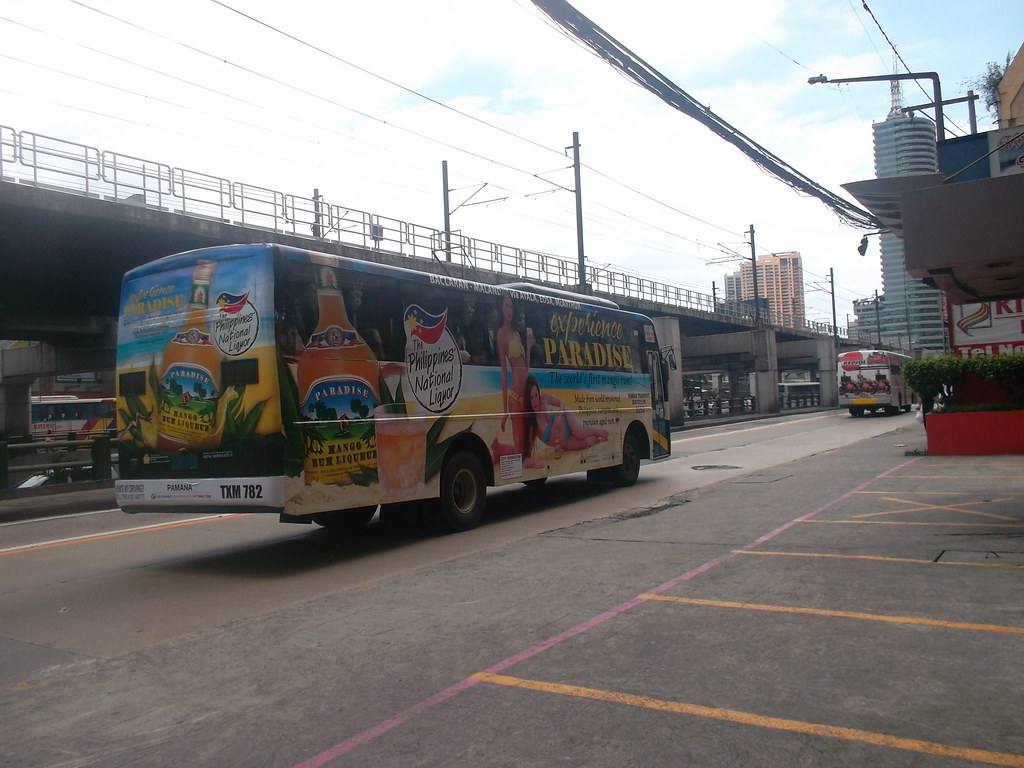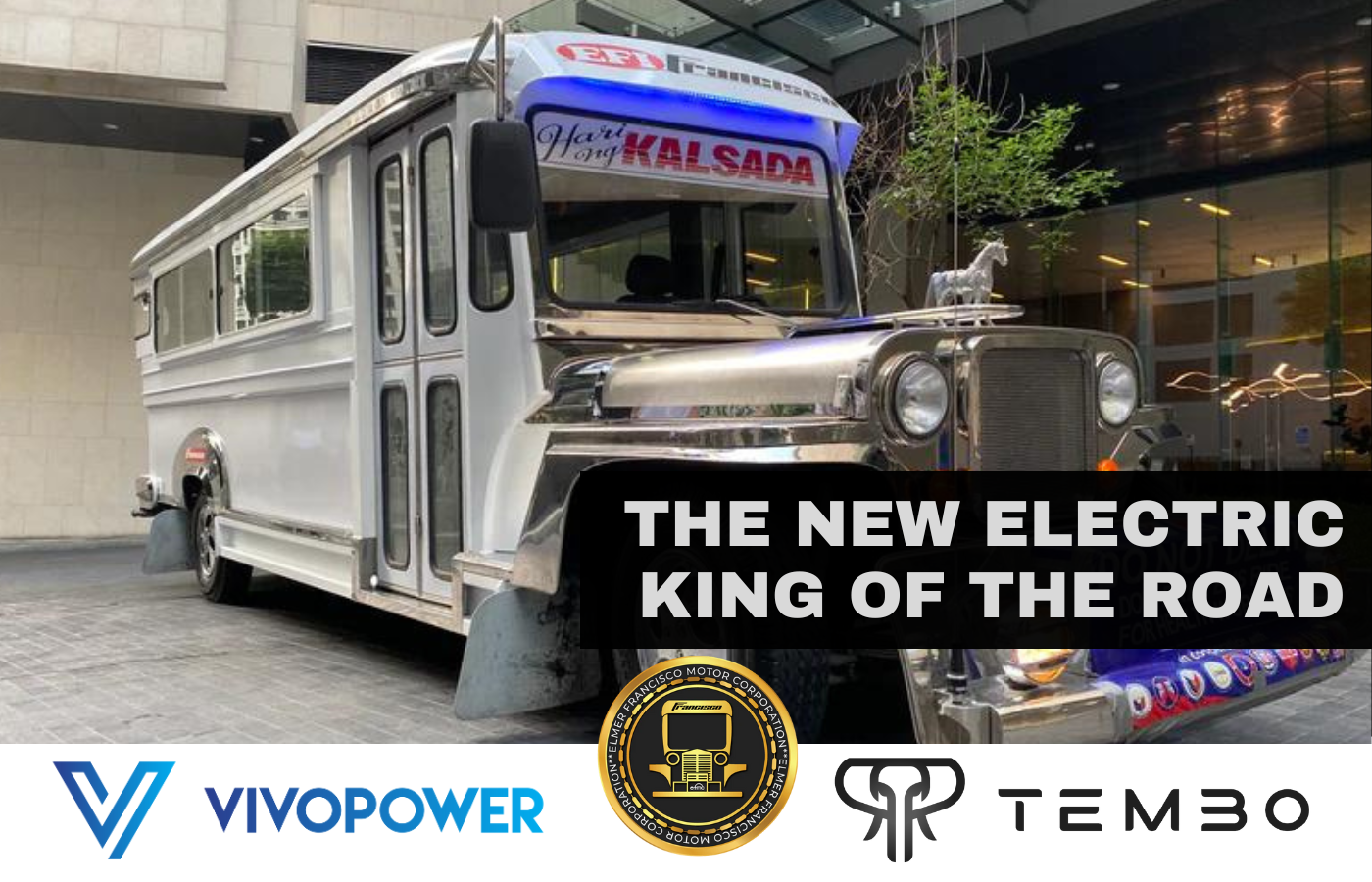Maximize Exposure with Transit Advertising Philippines
Maximize Exposure with Transit Advertising Philippines
Blog Article
A Detailed Examination of the Methods and Methods for Effective Transportation Marketing Campaigns
Transit marketing projects offer an unique opportunity for brand names to involve with diverse audiences in vibrant atmospheres. As we check out these crucial parts, it becomes clear that the course to an impactful transportation advertising and marketing technique is both detailed and satisfying, raising the inquiry of how best to navigate these complexities for optimal brand name visibility.
Recognizing Target Demographics
Recognizing target demographics is important for the success of transportation marketing campaign (Transit Advertising Philippines). Determining particular audience sections makes it possible for advertisers to customize their messages successfully, guaranteeing that the content reverberates with the intended visitors. This approach boosts engagement and optimizes return on financial investment
To effectively assess target demographics, marketing experts must consider several key elements, including age, income profession, degree, and way of life preferences. As an example, a campaign focused on young specialists may concentrate on comfort and modernity, while one targeting family members might highlight security and dependability. Additionally, geographical aspects such as urban versus country settings can substantially influence customer behavior and choices.
Data collection techniques such as studies, focus teams, and social networks analytics offer important insights into market fads and customer practices. By leveraging this information, advertisers can craft compelling stories that straighten with the values and demands of their target audience.
Inevitably, comprehending target demographics not only educates the tactical direction of transportation advertising and marketing projects yet likewise guarantees that sources are assigned effectively. This targeted technique enhances the likelihood of accomplishing campaign objectives, promoting brand commitment, and driving conversions.
Creative Design Techniques
Reliable communication with target demographics counts greatly on cutting-edge imaginative style methods en route ad campaign. To properly capture interest in a crowded visual environment, designers have to focus on quality and visual influence. Making use of high-contrast aspects and vibrant colors can enhance presence, making sure that messages are quickly legible from a distance.
Incorporating dynamic imagery that reverberates with the target audience is important. Visual storytelling techniques can evoke feelings and produce remarkable organizations with the brand name. Additionally, calculated usage of typography assists communicate vital info swiftly; readable font styles and ideal sizes further improve readability.
Including interactive components, such as QR codes or increased fact features, can involve commuters beyond easy monitoring (Transit Advertising Philippines). These strategies not only advertise customer interaction however additionally link the gap between traditional marketing and digital engagement
In addition, making use of area artistically-- whether on bus wraps, transit shelters, or subway advertisements-- can lead to innovative layouts that break the mold and mildew of standard advertising. By embracing imaginative creativity while preserving brand name uniformity, projects can promote a solid link with their target market, inevitably driving both understanding and activity. The assimilation of these layout techniques is vital for achieving effective transportation marketing end results.
Strategic Positioning Techniques
Taking full advantage of the effect of transit marketing hinges on tactical placement approaches that make certain optimum visibility and engagement. Effective positioning entails examining high-traffic areas and understanding guest demographics to recognize one of the most useful places for ad display screens. For example, placing advertisements near entrances and leaves of transit lorries can record the focus of boarding and alighting guests, therefore improving you can try here exposure.
In addition, using both outside and interior surfaces of transit lorries can substantially expand reach. Outside advertisements, visible during commutes, involve pedestrians and other chauffeurs, while interior ads target travelers in a captive environment. Additionally, putting promotions in transportation hubs, such as bus terminals or train terminals, enables for raised impressions as commuters transition in between different modes of transportation.
Timing is also crucial; lining up the campaign launch with peak traveling periods optimizes audience involvement - Transit Advertising Philippines. Additionally, leveraging digital displays en route environments can assist in dynamic web content, boosting and providing real-time updates user interaction. By using these tactical positioning methods, marketing professionals can ensure that their transit marketing campaign achieve optimal presence, resonate with the target market, and eventually drive wanted end results

Measuring Campaign Efficiency
To assess the success of transportation marketing campaign, it is important to utilize a range of dimension techniques that provide insights right into target market engagement and total performance. One key method is the usage of crucial performance indicators (KPIs), such as reach, impressions, and engagement rates, which quantify just how many people connected and watched the ad with it.
Studies and focus groups can additionally contribute in evaluating customer assumptions and recall, enabling marketers to recognize the impact of their messaging. Furthermore, tracking website web traffic and social networks engagement during and after the project assists measure straight responses to the advertising.
Another reliable technique is making use of location-based analytics, which can offer data on foot web traffic around certain transit places, providing insights into whether the project effectively recorded the interest of travelers. In addition, assessing sales information can disclose correlations in between transit advertising and marketing and increased revenue, providing concrete evidence of a project's effectiveness.
Study of Success
Recognizing the effectiveness of transit ad campaign helpful hints through dimension techniques lays the groundwork for taking a look at real-world instances that show effective outcomes. One noteworthy instance research includes a national beverage brand that used bus covers in city locations. The project intended to increase brand name visibility and sales during the summertime months. By utilizing geo-targeted digital advertisements and analytics, the brand measured a 30% boost in sales in areas where the wraps were prominently shown, demonstrating the direct effect of transportation advertising.
One more compelling instance comes from a neighborhood not-for-profit organization that introduced a campaign on metro platforms to advertise a community event. The usage of direct involvement with technology enhanced the project's reach and efficiency.

Conclusion
In summary, effective transportation marketing campaigns require a detailed technique that incorporates an understanding of target demographics, cutting-edge layout methods, and calculated positioning. Collectively, these techniques foster brand existence and make the most of the return on investment in transportation advertising and marketing efforts.
Understanding target demographics is vital for the success of transportation marketing campaigns.Reliable communication with target demographics relies heavily on ingenious creative design methods in transportation advertising campaigns. By using Continue these critical placement approaches, marketers can make certain that their transportation advertising and marketing projects achieve optimal presence, resonate with the target audience, and ultimately drive wanted results.
Recognizing the performance of transit advertising and marketing projects through measurement strategies lays the foundation for checking out real-world examples that show successful results.In summary, effective transportation advertising and marketing projects necessitate a comprehensive approach that incorporates an understanding of target demographics, cutting-edge layout methods, and strategic positioning.
Report this page